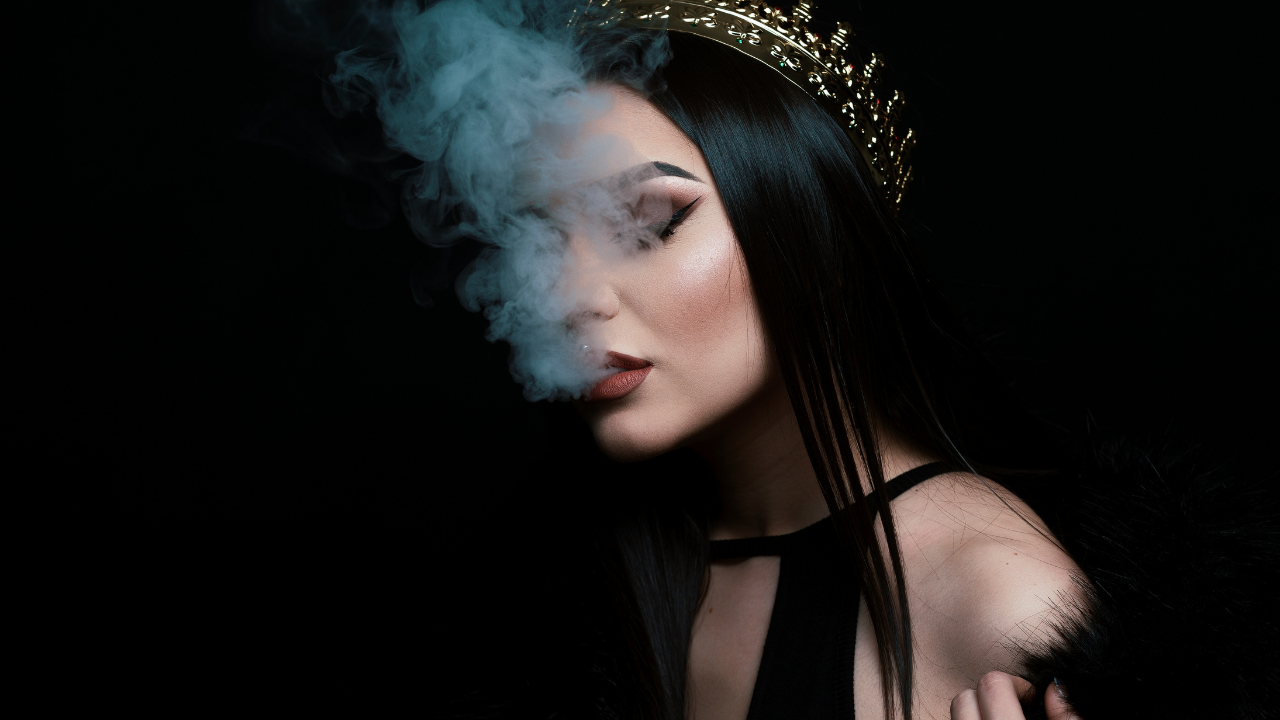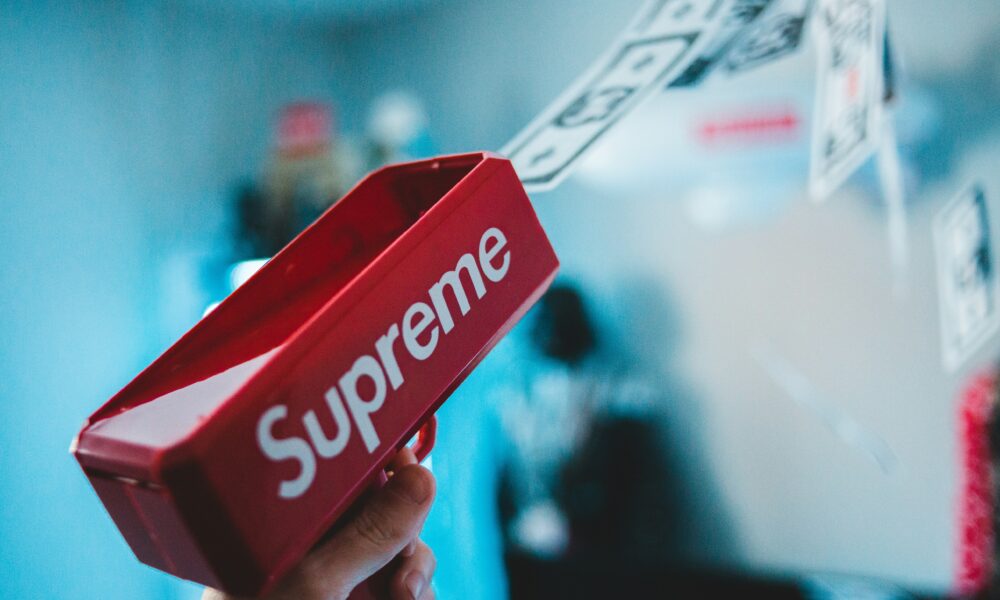Introduction to the Drag Queen Last Supper
Step into a world where tradition meets flamboyance, and art takes on vibrant new forms. The “Drag Queen Last Supper” is not just a reimagining of Leonardo da Vinci’s iconic painting; it’s a bold celebration of diversity and inclusivity that challenges the boundaries of contemporary art. This colorful reinterpretation invites us to reflect on societal norms while honoring the cultural significance behind one of history’s most recognized scenes. As we delve deeper into this masterpiece, prepare to be captivated by its rich layers, thought-provoking themes, and the powerful message it delivers about embracing differences in our communities.
The History of the Last Supper and its Impact on Art
The Last Supper, painted by Leonardo da Vinci in the late 15th century, has left an indelible mark on art history. This monumental work illustrates a pivotal moment: Jesus announcing his impending betrayal.
Da Vinci’s composition revolutionized perspective and narrative within art. The arrangement of figures creates a dynamic interaction among the apostles, each expressing distinct emotions.
This masterpiece inspired countless interpretations across various mediums and styles throughout the centuries. Artists sought to capture its emotional depth and theological significance, whether through painting or sculpture.
Its influence extends beyond fine art, permeating popular culture and even modern advertising. The imagery has been reimagined in films, fashion campaigns, and more.
As artists reflect on this iconic scene today, they confront themes of spirituality, identity, and human connection—resonating deeply with contemporary audiences seeking meaning in their own lives.
The Inspiration Behind a Colorful Renaissance
A Colorful Renaissance is born from the vibrant tapestry of modern culture. It takes cues from history but breathes new life into classic themes, transforming them through a contemporary lens.
The Drag Queen Last Supper embodies this spirit. It challenges traditional narratives, replacing solemnity with exuberance. Each character radiates personality and flair, showcasing individuality in every brushstroke.
This piece draws inspiration not just from religious symbolism but also from the LGBTQ+ community’s resilience and creativity. The bold colors reflect joy, diversity, and acceptance—an invitation to celebrate life in all its forms.
Art becomes a mirror of society here—a place where everyone can see themselves reflected. By reimagining an iconic moment in such an inclusive manner, it sparks dialogues about identity that resonate beyond canvases and galleries.
Celebrating Diversity and Inclusivity in Art
Art has always been a powerful means of expression, reflecting the values and experiences of different cultures. Celebrating diversity in art allows for richer narratives and perspectives to flourish.
When artists embrace inclusivity, they create spaces where everyone feels represented. This shift encourages dialogue about identity, acceptance, and understanding across various communities.
The Drag Queen Last Supper serves as a vibrant example of this transformation. By reimagining a classic masterpiece through the lens of drag culture, it challenges traditional norms while inviting viewers to appreciate beauty in all forms.
This celebration isn’t just about colors or styles; it’s an acknowledgment that every individual’s story matters. Inclusivity in art fosters empathy and connection among diverse audiences, creating a tapestry woven from countless unique threads.
Through these expressions, we can inspire change and cultivate appreciation for differences that make our world truly spectacular.
The Process of Creating a Drag Queen Last Supper
Creating a Drag Queen Last Supper is an intricate dance of creativity and vision. Artists begin by reimagining the iconic scene, swapping traditional figures for vibrant drag personas.
Each character embodies unique traits, showcasing a blend of cultural references and flamboyant styles. Costumes range from opulent gowns to avant-garde ensembles, bursting with color and flair.
The setting also transforms; it becomes a celebration of LGBTQ+ culture rather than just religious symbolism. The table is adorned not only with food but also artful representations of pride flags and symbols that resonate deeply within the community.
Collaboration plays a crucial role in this process. Artists often work alongside drag performers to capture their essence authentically, ensuring that every detail honors both the original masterpiece and its new interpretation.
It’s about breathing life into classical themes while pushing boundaries in contemporary art—an exhilarating journey filled with passion and purpose.
Controversy and Criticism Surrounding the Piece
The Drag Queen Last Supper has sparked conversations across various platforms. Some celebrate its boldness, while others are quick to express their discontent. Traditionalists often view it as a sacrilegious take on a sacred subject.
Critics argue that the piece undermines religious sentiments and mocks an iconic moment in art history. For some, this representation clashes with what they consider appropriate portrayals of faith.
However, supporters see it as a vital commentary on modern society’s need for inclusivity. They argue that challenging norms can provoke thought and inspire dialogue about acceptance.
This tension between reverence and innovation fuels ongoing debates in the art world. It raises essential questions about who gets to interpret historical narratives in contemporary contexts. The discussion surrounding the artwork highlights the ever-evolving nature of cultural expression and artistic freedom.
The Message and Legacy of the Drag Queen Last Supper
The Drag Queen Last Supper transcends mere artistic expression. It’s a bold statement about love and acceptance in a world that often feels divided.
Through vibrant colors and flamboyant characters, the piece invites viewers to rethink traditional narratives. Each drag queen represents unique stories of struggle and triumph, challenging societal norms surrounding gender and identity.
This artwork sparks conversations about inclusivity within sacred spaces. It encourages us to embrace differences rather than shun them.
As it gains visibility, its message resonates far beyond galleries. The Drag Queen Last Supper inspires individuals to celebrate their authenticity unapologetically while fostering community among various cultures.
Its legacy lies not only in its visual impact but also in igniting dialogues on representation in art. Such discussions pave the way for future artists who dare to break boundaries, ensuring diversity remains at the forefront of contemporary creativity.
Conclusion: Embracing Diversity in Modern Art
Diversity in art reflects the world around us. The Drag Queen Last Supper stands as a vibrant testament to this idea. It invites discussion and challenges traditional perceptions.
Art has always evolved, mirroring societal changes. This colorful piece celebrates not only creativity but also the richness of human experience. By incorporating drag culture, it pushes boundaries and opens doors to new dialogues about identity and acceptance.
As we embrace these conversations, the impact is profound. Art becomes a platform for understanding and celebrating our differences. The Drag Queen Last Supper encourages everyone to reflect on their own beliefs while appreciating diverse perspectives.
Embracing diversity in modern art enriches both artists and audiences alike. It fosters an inclusive environment where all voices can be heard—and celebrated. As we move forward, let’s carry this spirit of inclusivity into every canvas, sculpture, or performance we encounter.











